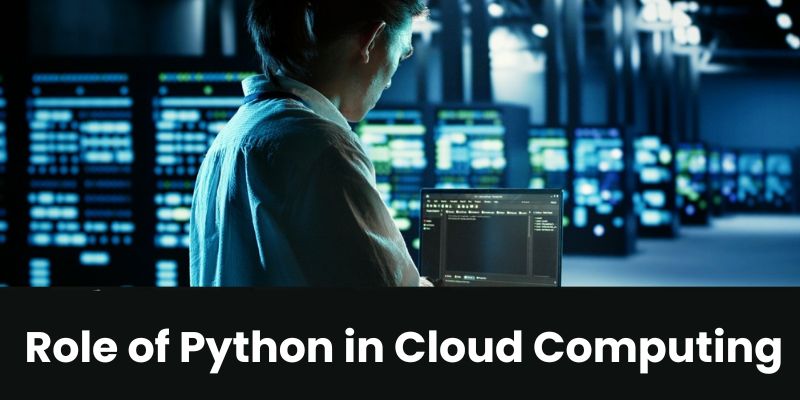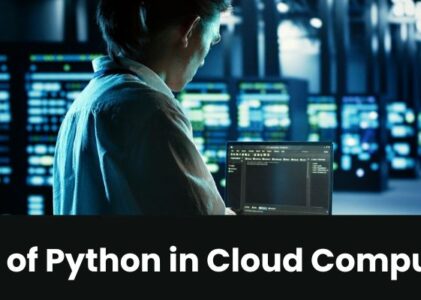Python has emerged as a dominant force in the world of cloud computing, thanks to its versatility, simplicity, and extensive ecosystem of libraries and frameworks. As organizations increasingly migrate their workloads to the cloud, Python serves as a powerful tool for building, deploying, and managing cloud-based applications and infrastructure. In this blog post, we’ll explore the various ways Python can be utilized in cloud computing, from automating infrastructure management to building scalable web applications. Are you looking to advance your career in Python? Get started today with the Python Training in Chennai from FITA Academy!
Role of Python in Cloud Computing
1. Infrastructure as Code (IaC) with Python
Infrastructure as Code (IaC) is a key concept in cloud computing, allowing developers to manage and provision infrastructure resources programmatically. Python, with its expressive syntax and rich ecosystem of libraries such as Boto3 for AWS and Azure SDK for Microsoft Azure, is well-suited for writing IaC scripts. Using frameworks like Terraform or AWS CloudFormation with Python, developers can define infrastructure configurations as code, enabling reproducibility, scalability, and version control.
2. Serverless Computing and Function as a Service (FaaS)
Serverless computing has gained popularity as a cost-effective and scalable approach to building cloud-native applications. Python is a popular choice for writing serverless functions due to its lightweight footprint and ease of use. With platforms like AWS Lambda, Google Cloud Functions, and Azure Functions supporting Python, developers can deploy Python functions to respond to events, execute tasks, or handle HTTP requests without worrying about server management. Python’s support for asynchronous programming also makes it well-suited for handling concurrent serverless workloads.
3. Web Development with Python Frameworks
Python web frameworks such as Django and Flask provide powerful tools for building scalable and maintainable web applications in the cloud. These frameworks offer features such as routing, templating, ORM (Object-Relational Mapping), and authentication, allowing developers to focus on building application logic rather than managing infrastructure. With cloud providers offering managed services like AWS Elastic Beanstalk and Google App Engine, deploying Python web applications to the cloud has never been easier. Learn all the Python techniques and Become a Python developer Expert. Enroll in our Python Course in Bangalore.
4. Data Processing and Analytics
5. DevOps and Continuous Integration/Continuous Deployment (CI/CD)
Python plays a vital role in DevOps practices, facilitating automation, testing, and deployment of cloud-based applications. Tools like Ansible and Fabric leverage Python’s simplicity and readability to automate infrastructure provisioning, configuration management, and deployment tasks. Furthermore, Python-based testing frameworks such as pytest and Robot Framework enable developers to write automated tests for cloud applications, ensuring reliability and quality. Integrating Python scripts with CI/CD pipelines using tools like Jenkins or GitLab CI enables seamless deployment of code changes to the cloud environment.
Python’s versatility, simplicity, and extensive ecosystem make it a natural fit for cloud computing. Whether it’s managing infrastructure as code, building serverless applications, developing web applications, performing data analysis, or automating DevOps tasks, Python empowers developers to leverage the full potential of cloud computing platforms. As organizations continue to embrace cloud technologies, Python will undoubtedly remain a cornerstone of cloud-native development, driving innovation and efficiency in the cloud. Looking for a career as a python developer? Enroll in this professional Programming Languages Institutes in Chennai and learn from experts about Important Programming Basics in Python, Loops, Control Statements, Functions, Modules and Packages in Python.
Read more: Top 10 Python Web Development Frameworks
Comments
0 comments

